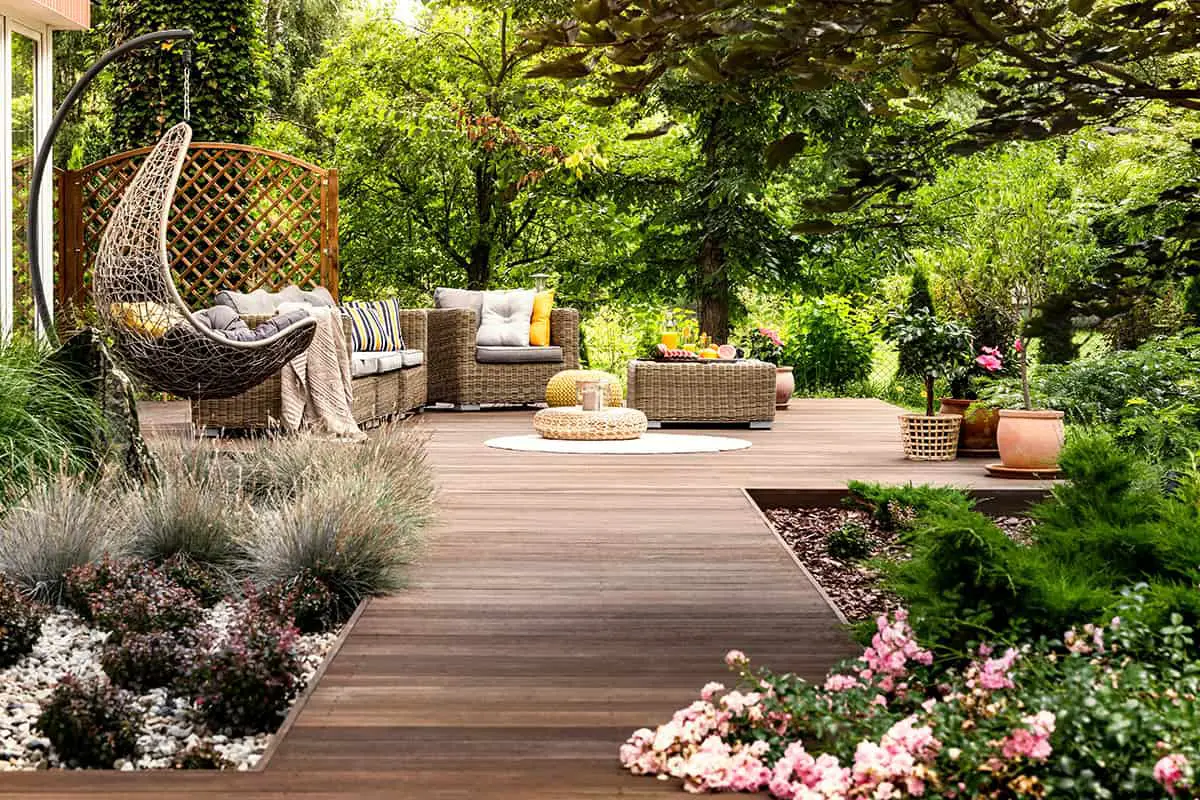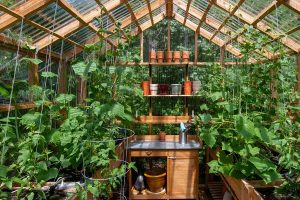Turning your garden into a sanctuary of stress relief is within your reach. If you crave a quiet escape in your own backyard, you’re not alone. This article will show you how to introduce calming elements such as soothing fragrant plants, serene water features, and cozy seating furniture. Let’s dive in.
Table of Contents
- Ways to Make Your Garden a Haven of Stress Relief
- Incorporate a Water Feature
- Plant Fragrant Flowers
- Create a Seating Area
- Use Soothing Colors
- Add Wind Chimes
- Grow Herbs
- Install Garden Lighting
- Designate a Meditation Space
- Plant a Butterfly Garden
- Include Pathways for Strolling
- Build a Zen Garden
- Add a Hammock
- Use Natural Materials
- Grow Climbing Plants
- Install Bird Feeders and Baths
- Create a Flower Border
- Add Raised Beds
- Install a Pergola or Arbor
- Create a Sensory Garden
- Add Comfortable Furniture
Ways to Make Your Garden a Haven of Stress Relief
Creating a garden that doubles as a sanctuary for stress relief involves incorporating elements that engage all your senses. This can be achieved with specific design choices and thoughtful additions to your outdoor space.
Incorporate a Water Feature
Adding a water feature creates a soothing ambiance. The sound of running water can help reduce stress and mask unwanted noises. You can install a small fountain or a larger pond, depending on your garden’s size. Maintenance is essential, so ensure you have a plan to keep your water feature clean and functioning.
Plant Fragrant Flowers
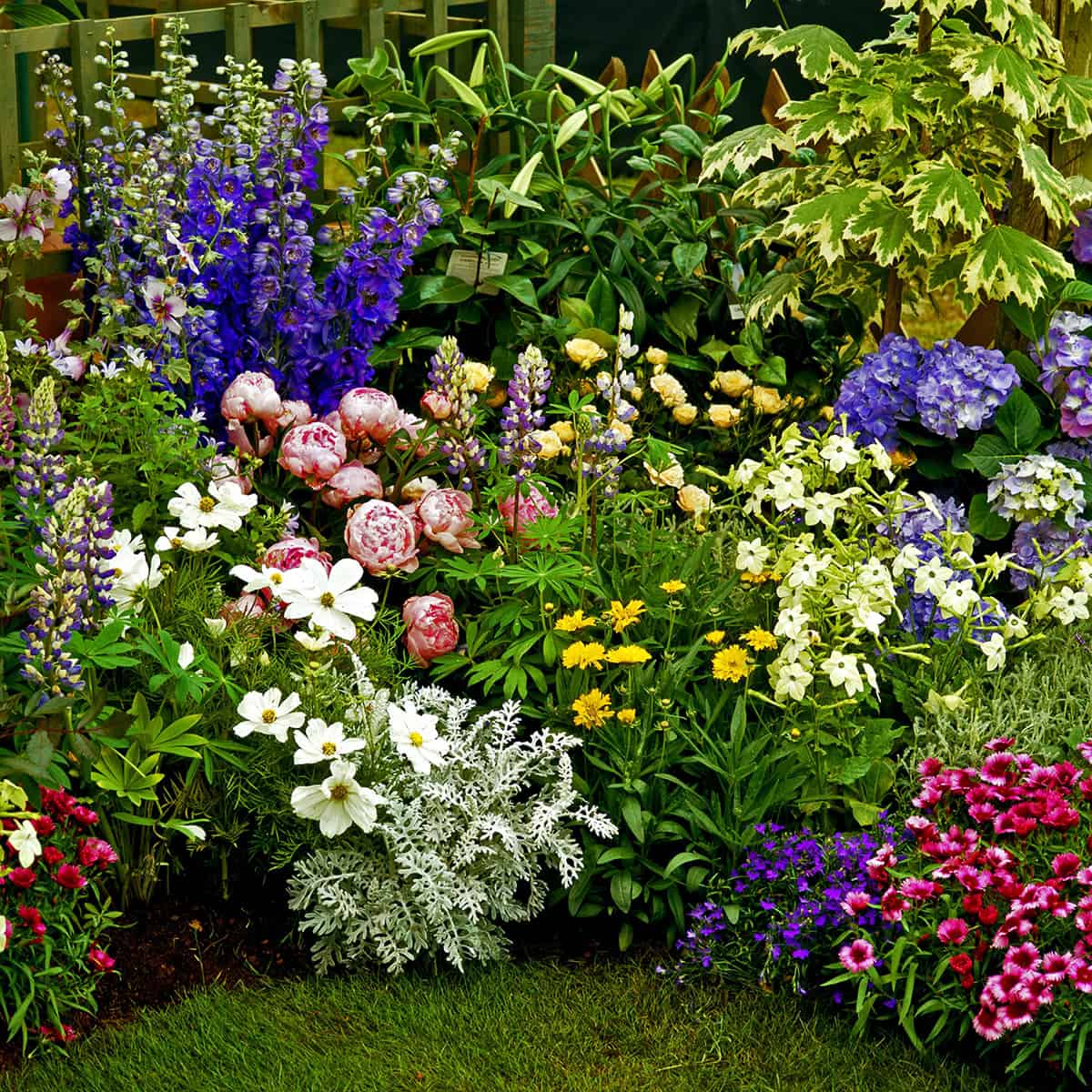
Fragrant flowers can significantly enhance your garden’s atmosphere. Flowers like lavender, jasmine, and roses emit calming scents. Planting these near seating areas will provide immediate relaxation. Choose varieties that bloom at different times to ensure continuous fragrance throughout the seasons.
Create a Seating Area
A comfortable seating area is vital for relaxation. Use weather-resistant furniture that invites you to sit and unwind. Consider a mix of chairs, benches, and even swings. Place seats in shaded areas to enjoy the garden without being exposed to direct sunlight.
Use Soothing Colors
Colors impact mood, and using soothing colors in your garden can enhance relaxation. Opt for greens, blues, and soft pastels. These colors are easier on the eyes and create a peaceful environment. Coordinate plant choices and garden accessories to maintain a cohesive color scheme.
Add Wind Chimes

Wind chimes add a gentle and relaxing sound to your garden. They work best in areas with a breeze. Choose chimes made from bamboo or metal for different tones. Place them near seating areas to enjoy their soothing melodies.
Grow Herbs
Growing herbs can benefit both your mind and overall health. Plants like rosemary, mint, and chamomile are easy to grow and can be used in cooking and herbal teas. The aroma of these herbs also adds to the relaxing atmosphere of your garden.
Install Garden Lighting
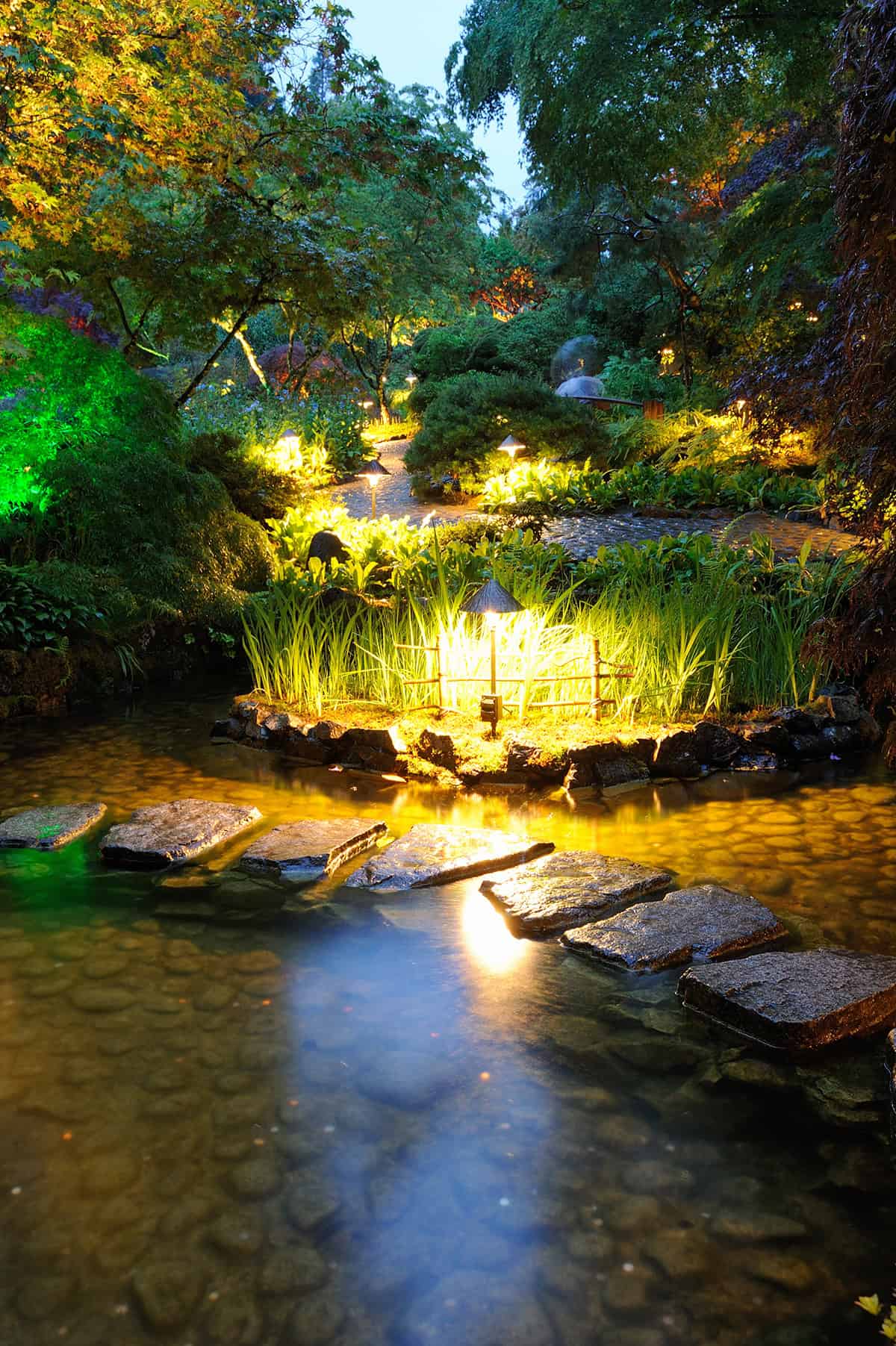
Proper lighting can extend the usability of your garden into the evening. Use soft, warm lights to create a calming atmosphere. Solar lights along pathways and string lights in trees can be both practical and decorative. Ensure the lighting highlights key features without being too bright.
Designate a Meditation Space
A designated meditation space can be a simple area with a yoga mat or a small platform. Choose a quiet spot away from garden activities. Surround it with plants that create a sense of enclosure and privacy. This space should be free from distractions.
Plant a Butterfly Garden

A butterfly garden adds life and color. Plant species like milkweed, marigold, and lantana that attract butterflies. Watching butterflies can be meditative and joyful. Ensure the plants you choose are native and pesticide-free to maintain a healthy environment for these pollinators.
Include Pathways for Strolling
Pathways encourage movement and exploration. Use materials like gravel, brick, or wood chips. Paths should be wide enough for comfortable walking, about three feet in width. Ensure they meander through various garden areas to offer different views and experiences.
Build a Zen Garden
Zen gardens provide a minimalist space for contemplation. Use sand, stones, and minimal foliage to create a tranquil environment. Rake patterns into the sand to symbolize water ripples. Include a bench or a flat stone for seating.
Add a Hammock

A hammock offers a unique relaxation spot. Choose a durable, weather-resistant fabric. Position your hammock between sturdy trees or install a standalone frame. Ensure it’s placed in a shaded area for comfort during hot days.
Use Natural Materials
Natural materials like stone, wood, and bamboo create a harmonious environment. Use them in pathways, benches, and garden borders. They blend well with the garden’s natural elements and provide a cohesive look. Ensure the materials are sustainable and weather-resistant.
Grow Climbing Plants
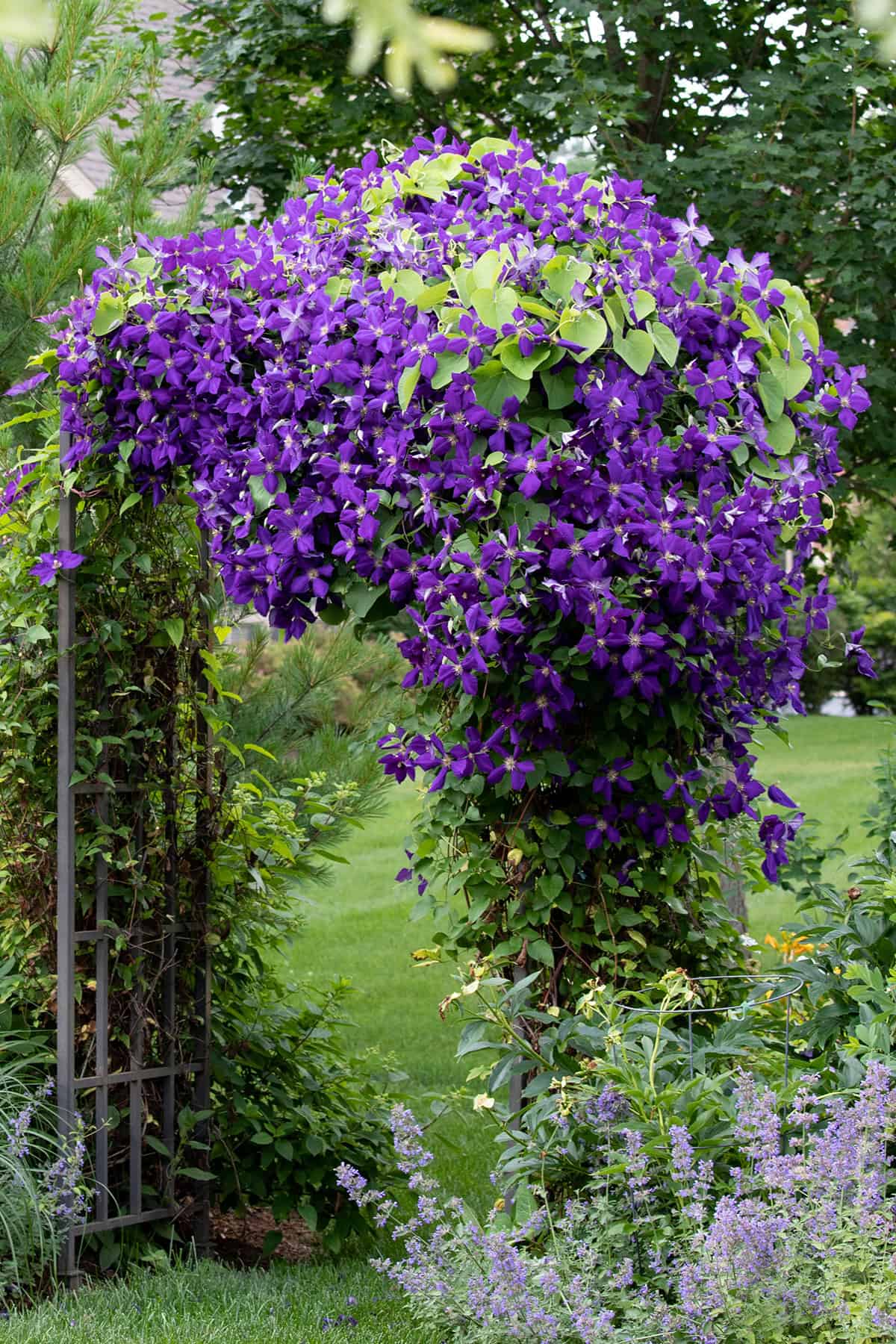
Climbing plants like ivy, clematis, and honeysuckle can cover walls and trellises, providing privacy and beauty. These plants add vertical interest and can create shaded areas. Ensure they have proper support and regular pruning to keep them healthy and attractive.
Install Bird Feeders and Baths
Bird feeders and baths attract birds, adding life and movement to your garden. Place them in quiet areas where you can watch the birds without disturbing them. Regularly clean bird baths to prevent the spread of diseases. Use a variety of feeders to attract different bird species.
Create a Flower Border
Flower borders add color and structure. Plant flowers of varying heights and colors. Use shrubs as a background and annuals or perennials in the front. Ensure the border is easy to maintain and accessible for watering and pruning.
Add Raised Beds
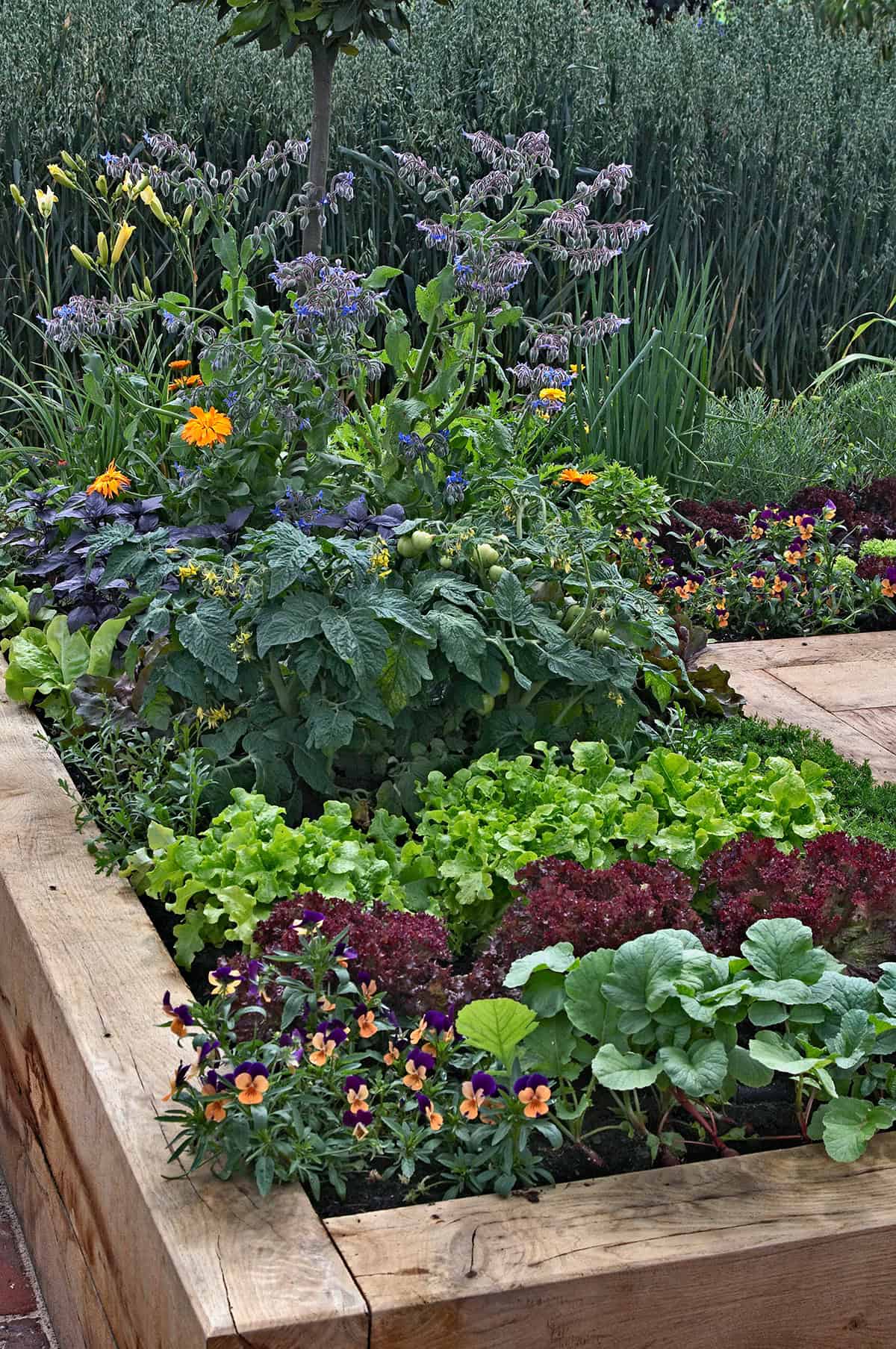
Raised beds provide better soil control and are easier to manage. They’re ideal for growing vegetables and flowers. Use untreated wood or stone for construction. Ensure the beds are at a comfortable height for planting and harvesting without straining.
Install a Pergola or Arbor
Pergolas and arbors provide shade and vertical interest. They can define areas within your garden, such as entryways or seating spaces. Choose materials that complement your garden’s style. Train climbing plants to grow over these structures for added beauty and shade.
Create a Sensory Garden
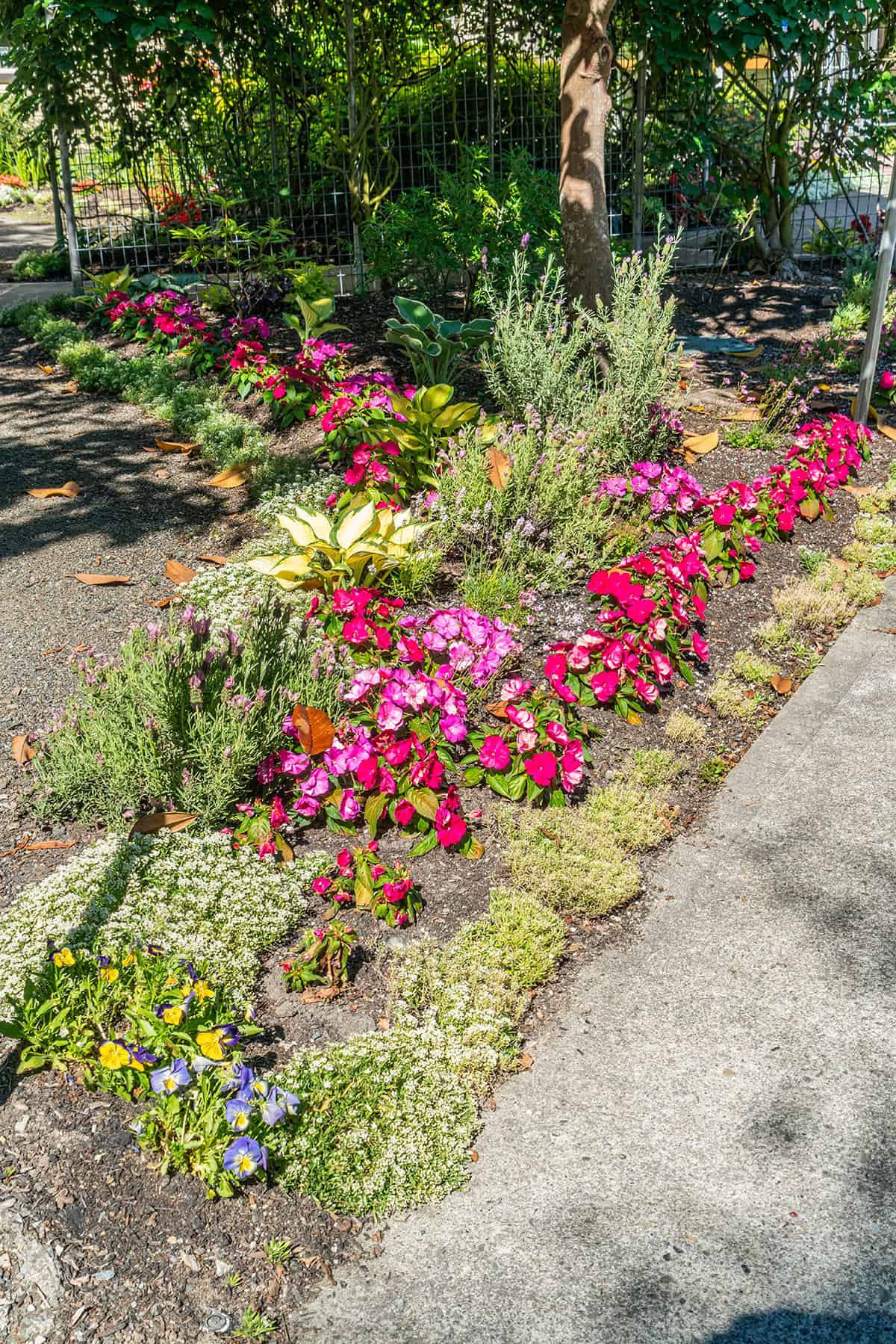
A sensory garden engages all five senses. Include plants with varied textures, scents, and colors. Add elements like wind chimes for sound and water features for touch. Ensure paths are wide and accessible, making it easy for everyone to explore and enjoy the different sensory experiences.
Add Comfortable Furniture
Comfortable furniture is crucial for enjoying your garden. Choose weather-proof cushions and ergonomic designs. Create different seating areas for various purposes, such as reading or dining. Ensure the furniture is easy to move, providing flexibility for different garden activities.
